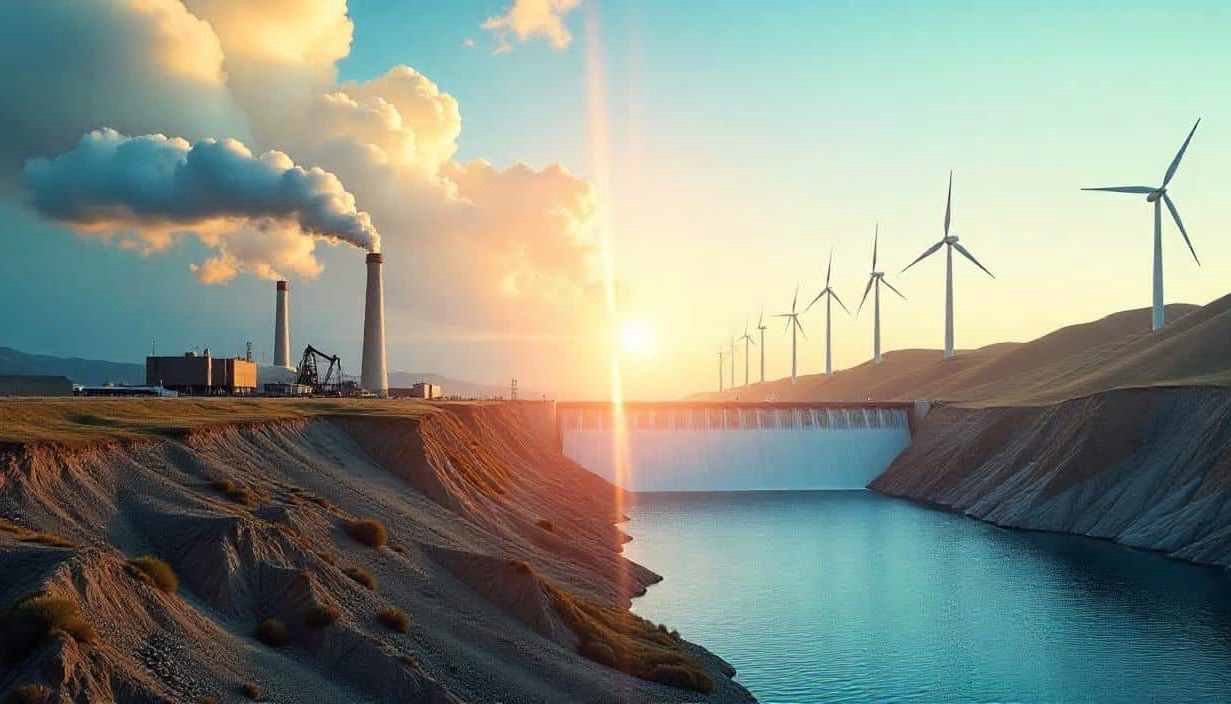
Renewable energy in Ukraine: a chance for the country and a priority for the EU in the context of decentralization and European integration
Ukraine has enormous potential to become a strategic partner of the European Union in the field of green energy. Significant natural resources, low population density, and geographical scale create unique conditions for large-scale development of renewable energy sources - from wind and solar energy to biomethane and hydrogen. This potential will not only contribute to Ukraine's energy security but also strengthen the resilience of the EU energy system.
Decentralization of the energy system and geopolitical choices
Russia’s military aggression has significantly damaged Ukraine’s centralized energy infrastructure. In response to these challenges, a new, priority approach is being developed: instead of restoring the old system, implementing a decentralized model with local energy sources. The International Energy Agency (IEA) and Ukrainian experts support this idea, proposing specific steps to increase the resilience and flexibility of Ukraine’s energy system by 2030.
The advantages of decentralized generation are obvious:
- Increasing energy security and resilience: Distributed small RES-based plants, scattered throughout the country, can ensure stability even in the face of new threats and significantly reduce the consequences of attacks on the power system.
- Community energy independence: Bringing energy production as close to the consumer as possible gives communities the opportunity to be energy independent.
- Stimulating the local economy: The development of distributed generation contributes to the creation of local jobs and the attraction of investment in communities.
This path is not only a matter of sustainable development, but also a key factor in national and regional energy security.
Ukraine as a green hub for the EU
According to estimates, the theoretical potential of RES in Ukraine is over 5 million GWh annually - which is several times higher than the production volumes in many EU countries. This opens up unique opportunities for Ukraine to become a key supplier of green energy to Europe.
Thanks to a large agricultural sector and an extensive gas transportation system, Ukraine has already taken the first steps towards exporting biomethane. In February 2025, the first pipeline supply of Ukrainian biomethane to the European Union took place, carried out by VITAGRO ENERGY LLC. Ukraine has the potential to provide up to 20% of the EU's biomethane needs by 2030, and the Bioenergy Association of Ukraine estimates the Ukrainian potential for biomethane/biogas production at 21.8 billion cubic meters per year.
In parallel, Ukraine is actively participating in hydrogen initiatives at the EU level, with the potential to become a leading exporter of renewable hydrogen. The integration of the Ukrainian energy system with ENTSO-E (completed on March 16, 2022) is an important milestone in this process, strengthening energy security and paving the way for cross-border exchange of services.
The role of the EU in the transformation of the Ukrainian energy sector
The European Union is already actively supporting Ukraine through a number of programs and initiatives. The EU4Energy Initiative, funded by the EU, will provide ongoing support to Ukraine in the fields of renewable energy, gas market development, and energy efficiency in 2024. Support also comes through the Ukraine Facility, Hi-Bar, the Energy Community fund, and cooperation with the G7+.
However, for a large-scale transition and the realization of the full potential, the amount of support must be increased. To accelerate the green transformation of the energy sector, the EU can:
- Invest in risk insurance mechanisms, for example, through a clean energy trust fund.
- Provide financial and regulatory support for RES auctions to compensate for the loss of confidence in the state energy buyer.
- Recognize the Ukrainian system of guarantees of origin for green energy as soon as it is compatible with EU standards.
- Finance cross-border projects that can be recognized as common interests under the "Connecting Europe" mechanism.
- Provide guarantees to Ukrainian banks, which will open the way for private investment in the green sector.
Legislative changes and investment climate
Ukraine is taking steps to improve the regulatory framework and reform electricity markets. For 2025, the government has approved annual quotas for supporting renewable energy: 33 MW for solar, 250 MW for wind, and 47 MW for other types of RES. The maximum price offers at auctions in 2025 are set at 8 euro cents per kWh for solar and wind power plants. There have also been changes to the "green" tariff for private households, which will stimulate the development of small distributed generation.
Conclusion
Supporting green energy in Ukraine is not just about climate policy. It is a geopolitical investment in the stability, security, and economic development of Europe. The expansion of decentralized energy solutions - such as solar panels, biogas plants, and storage systems - will contribute to the country's energy resilience in the face of war and lay the foundation for a sustainable and prosperous future. Ukraine has every chance of becoming a reliable and key partner of the EU in the transition to clean energy.
```

